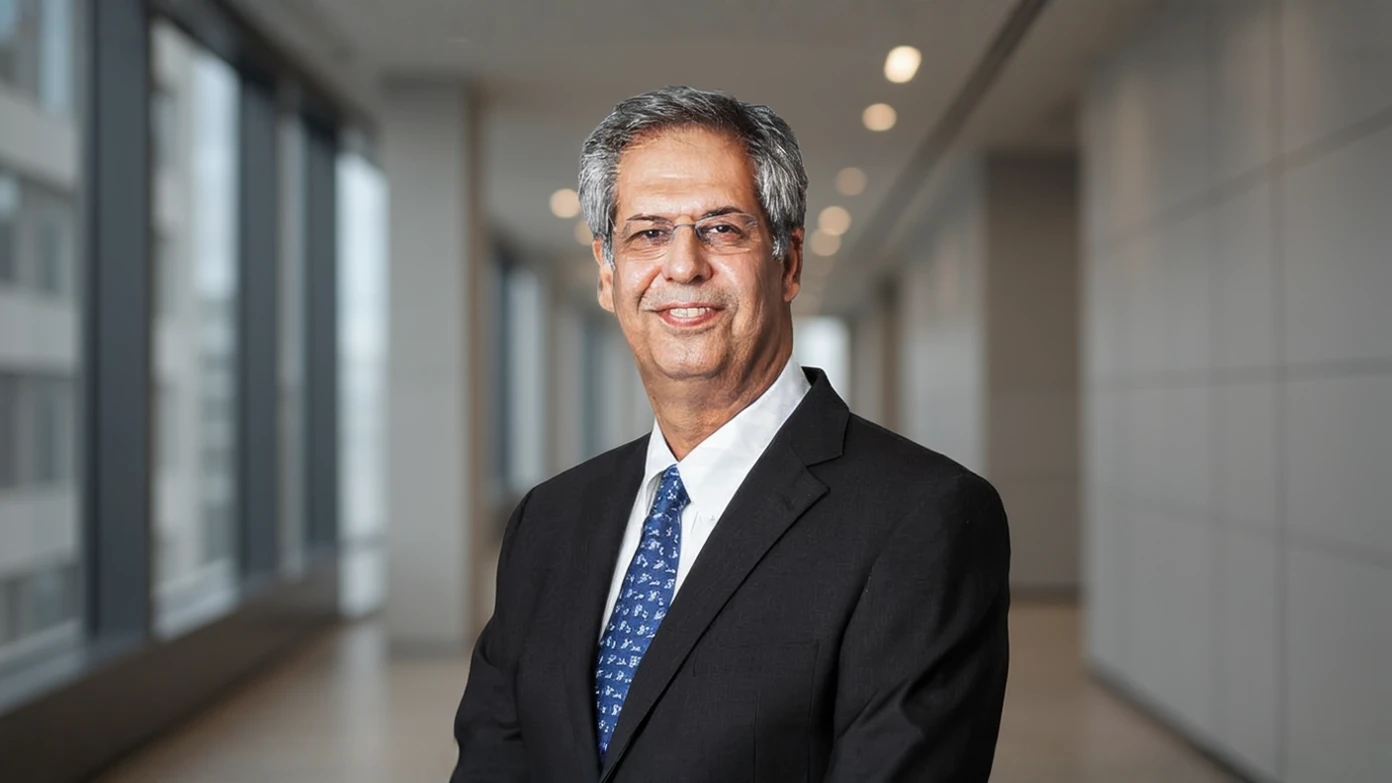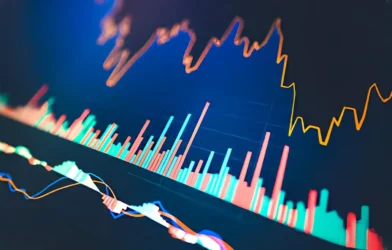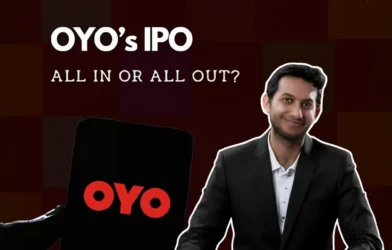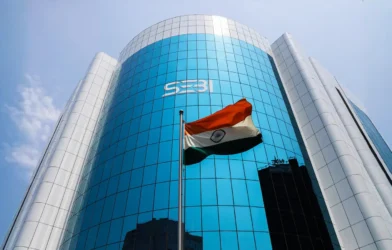Author: Aarya Shah | EQMint | General News
In one of India’s most respected and closely watched conglomerates, internal dynamics within the Tata group have once again become a topic of public discussion. Recent reports of growing disagreements among trustees of Tata Trusts, which control a majority stake in Tata Sons, have raised fresh questions about the timing and prospects of the much-anticipated Tata Sons public listing.
Tata Sons, the principal holding company of the $350 billion Tata Group, has long been viewed as the crown jewel of Indian enterprise. With business interests spanning from automobiles and IT to steel, hospitality, and telecommunications, the Tata brand symbolizes trust, ethics, and resilience. However, in recent months, murmurs of factionalism within the top decision-making body — the Tata Trusts — have sparked unease among industry observers and potential investors.
According to industry sources, differences have emerged over the direction of governance, philanthropic focus, and strategic control of the conglomerate’s assets. The Tata Trusts collectively hold around 66% of Tata Sons, giving them substantial influence over key corporate decisions. The remaining stake lies with Tata family members, various institutional investors, and charitable entities.
The Role of Tata Trusts in Shaping Corporate Strategy
The central concern among market watchers is whether the ongoing internal differences could delay or complicate the process of taking Tata Sons public — a move that has been under consideration for several years. The listing, which could potentially unlock enormous shareholder value and enhance transparency, has been a subject of speculation ever since Tata Sons transformed from a private limited company to a public limited one in 2017.
Analysts say that even minor governance disputes at the Trust level can have ripple effects across the group, especially at a time when global markets are cautious and investor sentiment is sensitive to leadership uncertainty. “The Tata brand thrives on unity, ethics, and long-term stability. Any sign of internal discord could create hesitation among institutional investors,” said one market analyst on condition of anonymity.
The growing speculation stems from subtle but visible differences in how key trustees perceive the group’s long-term roadmap. Some reports suggest differing opinions on the scale and structure of philanthropic projects, while others point to debates on how much control the Trusts should retain over corporate decision-making versus professional management independence.
This isn’t the first time the governance structure of the Tata Group has come under the scanner. The dramatic ouster of former chairman Cyrus Mistry in 2016 had exposed deep fissures between the board of Tata Sons and Tata Trusts. The subsequent legal battle not only shook investor confidence but also triggered discussions on the balance between legacy control and modern corporate governance.
Since then, Tata Sons under the leadership of N. Chandrasekaran has made significant strides in rebuilding confidence, streamlining group operations, and positioning Tata companies for future growth. Key strategic wins — such as the turnaround of Air India, the rapid growth of Tata Digital, and the emergence of Tata Electronics — have all contributed to a renewed sense of optimism.
However, the recent buzz around internal rifts has once again shifted focus toward the governance framework of the Tata Trusts. Experts argue that while debate and difference of opinion are natural in large charitable foundations, the challenge lies in ensuring that such discussions do not spill over into the operational side of the business.
“The Tata Group is not just another corporate house — it’s an institution built on trust and purpose. Its trustees must preserve that legacy while adapting to modern governance needs,” remarked a senior corporate lawyer familiar with the Tata structure.
If Tata Sons does move forward with a public listing in the near future, questions of transparency, shareholder accountability, and Trust influence are bound to take center stage. Investors will want clarity on the voting powers of the Tata Trusts, the independence of the board, and the mechanisms in place to prevent decision-making bottlenecks.
While the company has not issued any formal statement regarding the reported differences, insiders insist that the Tata Trusts remain committed to their founding vision — advancing the nation’s development through responsible philanthropy and ethical business. Yet, as India’s capital markets evolve and expectations around governance rise, even the perception of disunity can influence valuation and investor confidence.
For now, experts believe the listing plans of Tata Sons remain intact but could face delays depending on how swiftly internal issues are addressed. “The market doesn’t react well to uncertainty. If the Trusts project a unified front and reaffirm their long-term commitment, the listing could turn into a historic success,” noted a financial strategist.
As the Tata Group continues to expand its footprint globally, the outcome of these internal deliberations could define its next era. Whether this moment becomes a temporary phase of transition or a defining inflection point will depend largely on how the trustees balance legacy stewardship with the demands of modern corporate governance.
For millions of Indians and investors worldwide, the Tata name continues to symbolize integrity, endurance, and nation-building. It is this legacy that makes every development within Tata Trusts — however small — a matter of national interest.
In the end, the question remains: can the house of Tata, built on trust for over a century, navigate this internal turbulence and emerge stronger — ready to embrace a new chapter as a listed entity on India’s stock exchanges?
Disclaimer: This article is based on information available from public sources. It has not been reported by EQMint journalists. EQMint has compiled and presented the content for informational purposes only and does not guarantee its accuracy or completeness. Readers are advised to verify details independently before relying on them.









